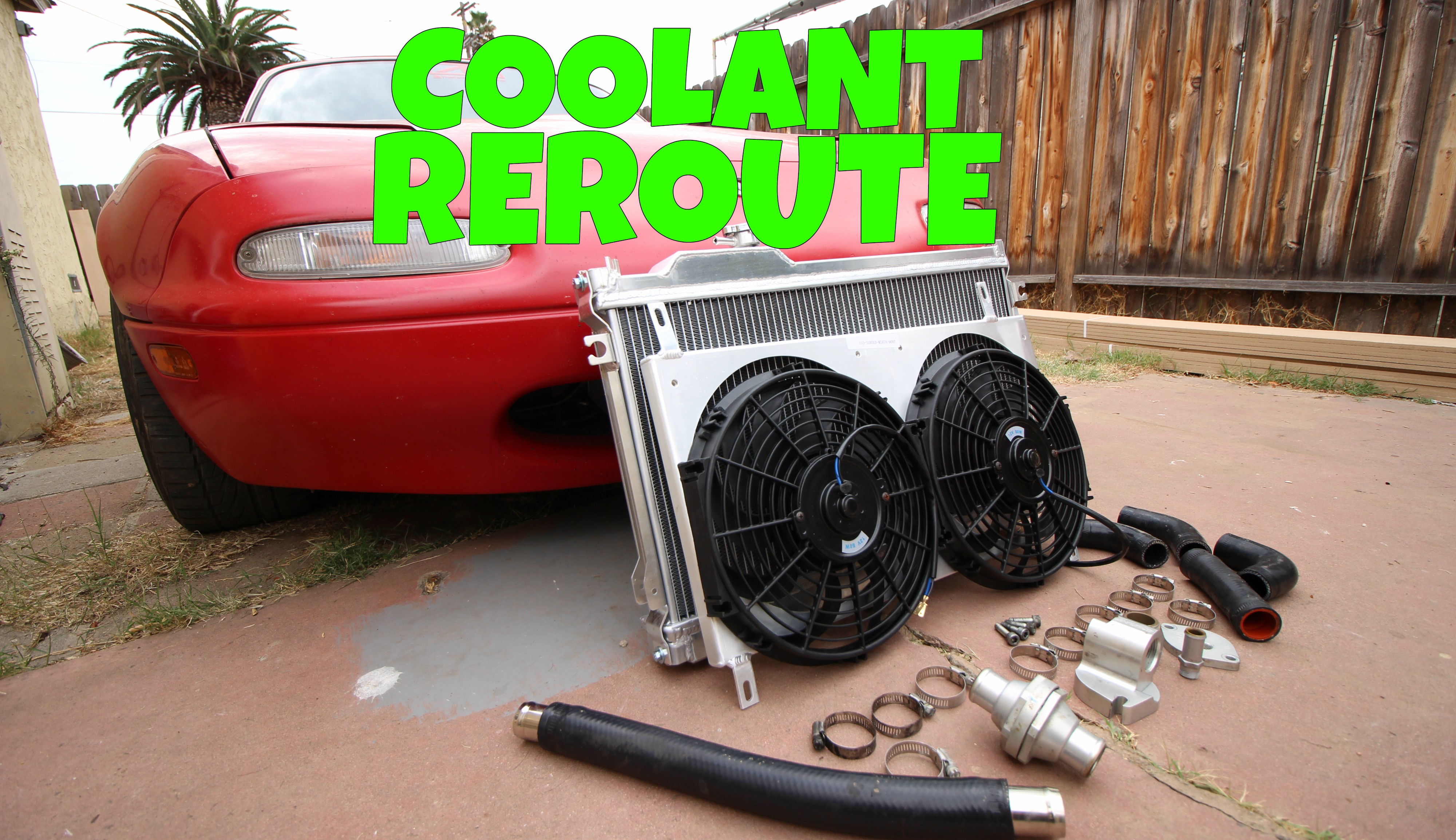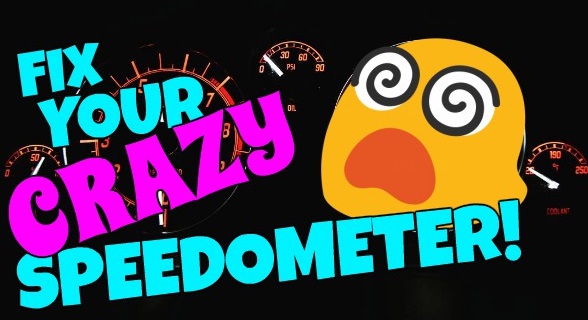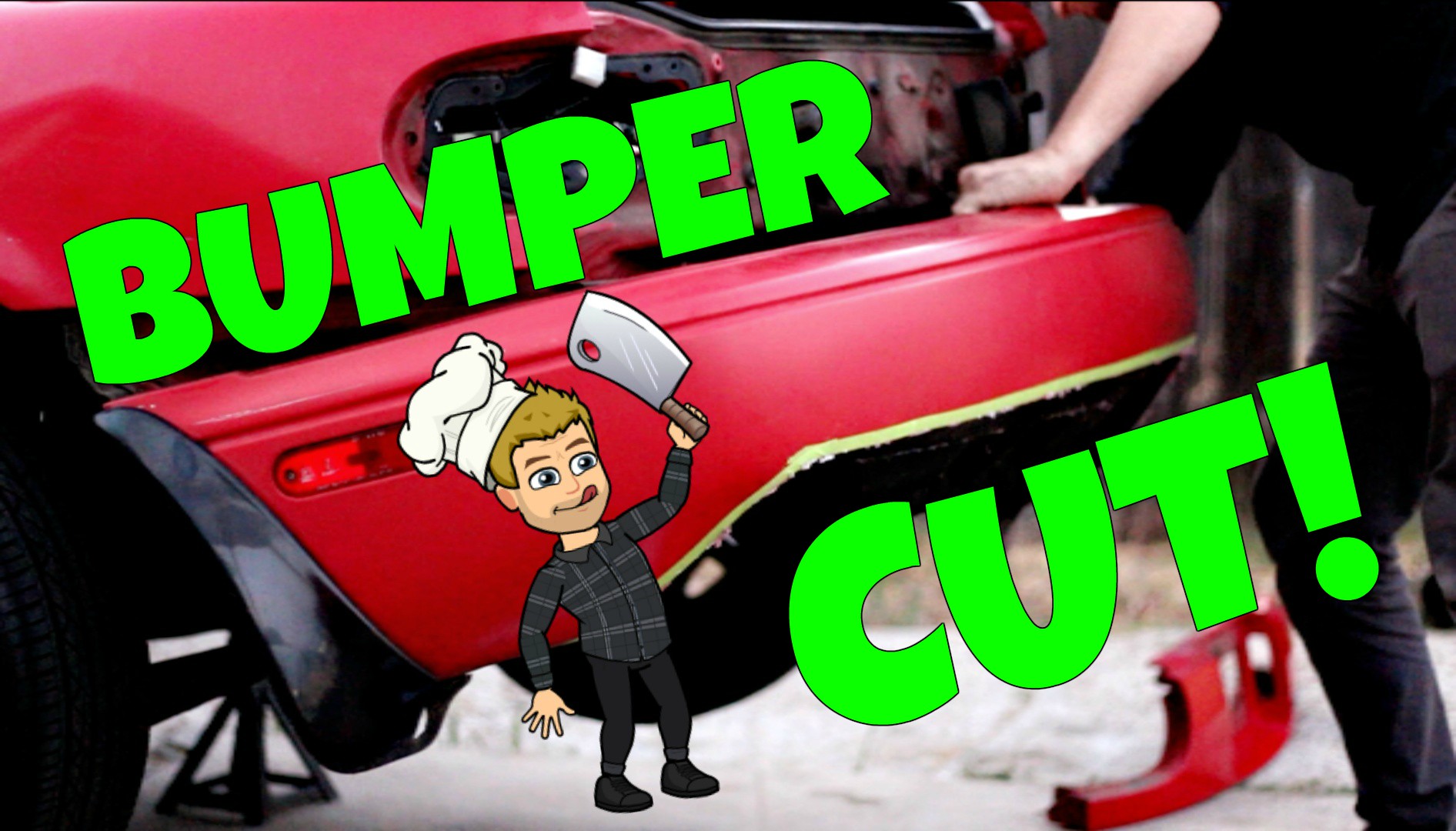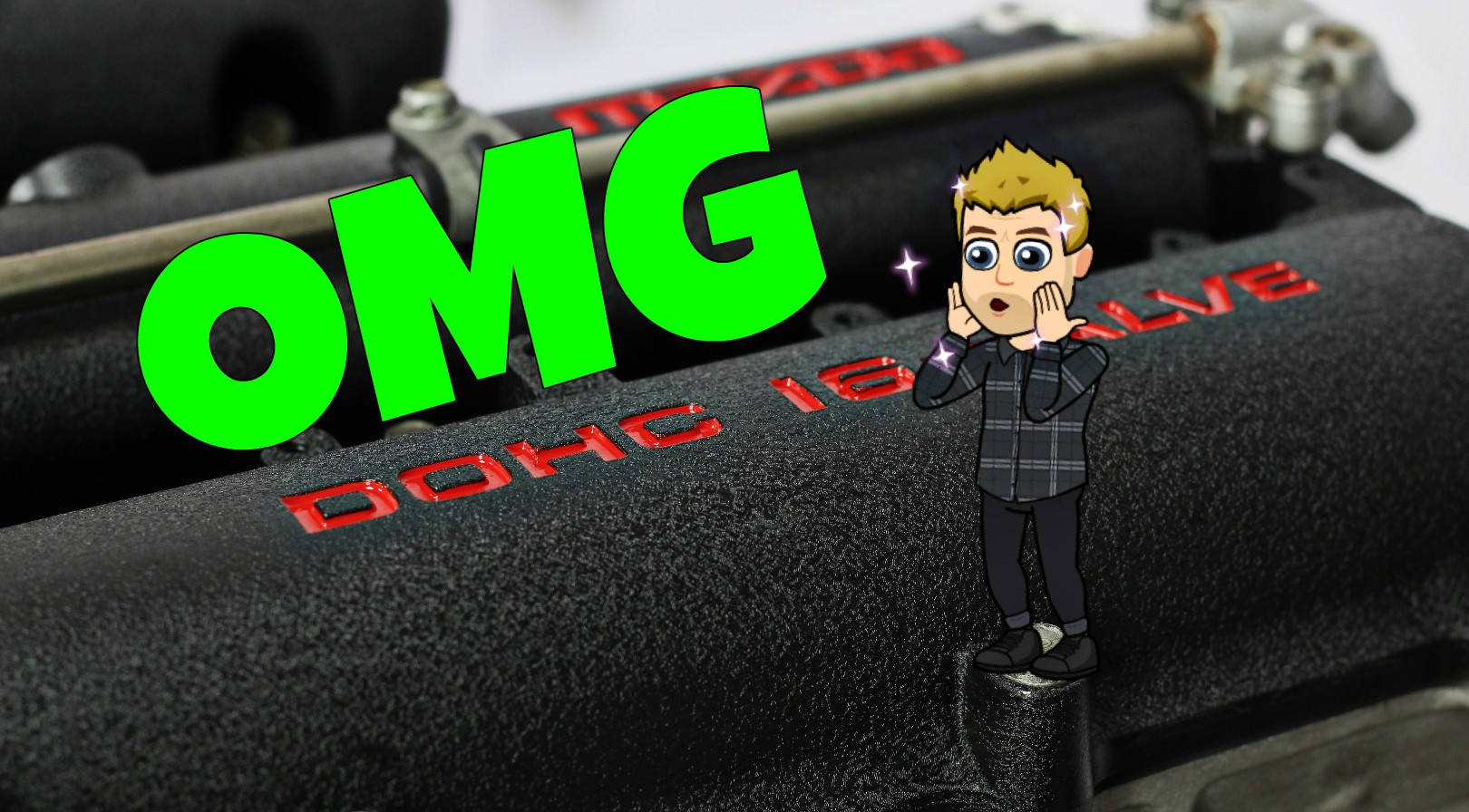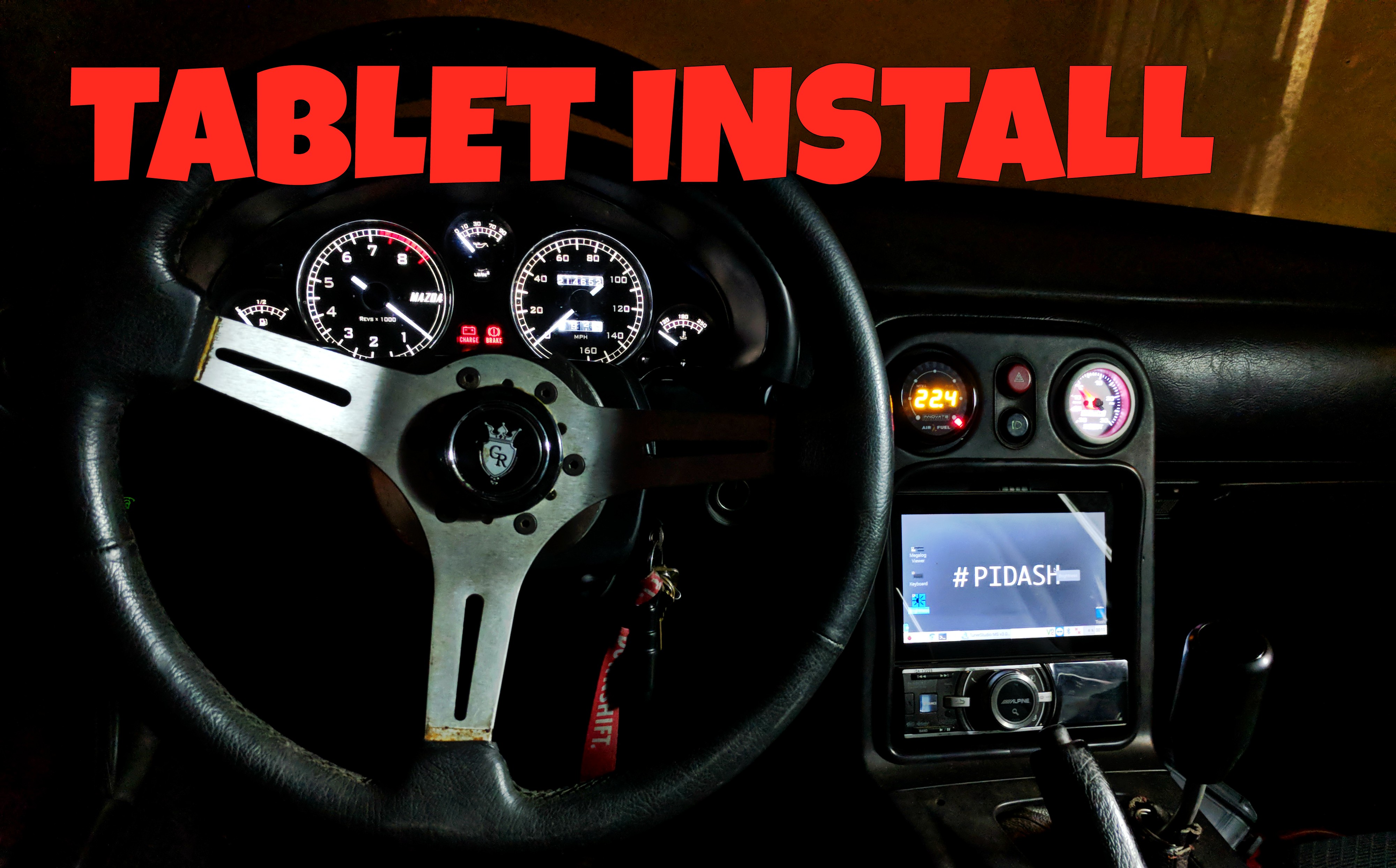Just for a little backstory, I have been on several sets of these coils over the years even back to the 300ZX days. Powertrix has always offered me excellent customer service and tech support so I wanted to pay them back by showing them off to you!
If you want to run the same coilovers: www.powertrix.com
Use coupon code CPC300 to save $300 off any set of Miata coilovers! (I know they offer coilovers for several different cars, but some are group-buy only since they are not kept in stock Discounts still might be available, tell them I sent you. Contact Powertrix for details.)
General Setup & Tuning Tips
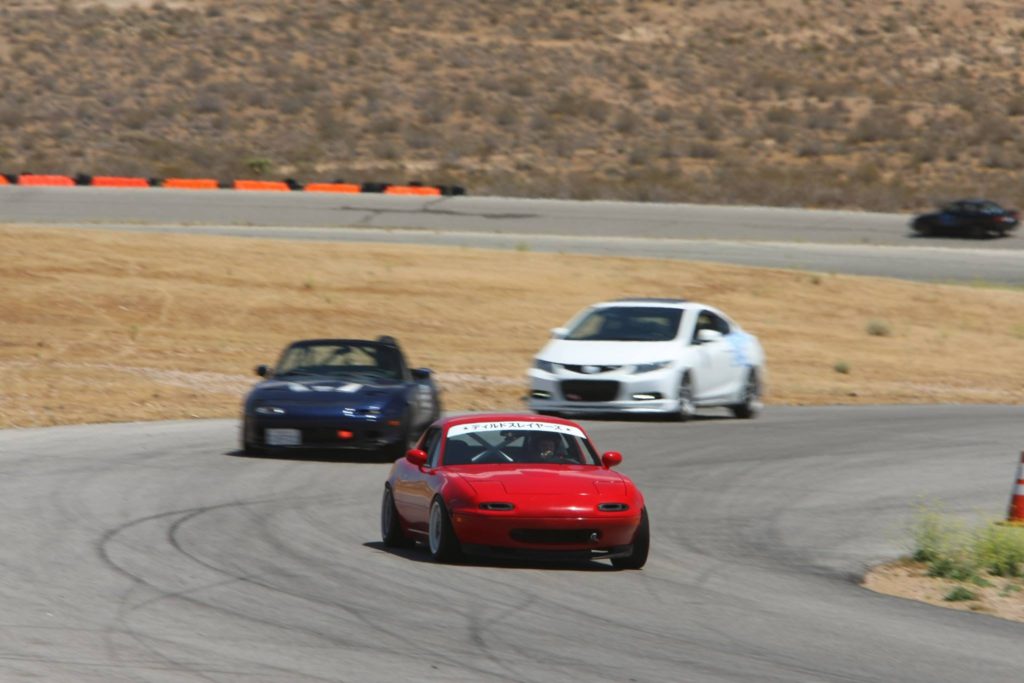
Preload (Base setting)
- I always start out with zero preload as I showed in the video at 6:42.
Dampers (Base setting)
- For normal street use I leave the front and rear on the softest setting.
Tuning for more aggressive driving
- If the car sways too much in quick transitions (slaloms, s-turns) try to increase the damper settings a few clicks at a time. This will stiffen up the shocks and not let them compress as quickly, making the car more stable in fast transitions.
- If the car feels bouncy and unsure especially in faster corners it’s typically one of two issues: either the ride height is set too low and you’re bottoming out or the dampers are way too stiff. Try softening up the shocks, or if you are bottoming out (most common in the rear) try running a little spring preload like I described in the video at 7:30. Try adding 1/4″ of preload at a time, a little bit can make a big difference. If you are on the normal (black) springs it is possible to preload them too much and get coil binding (will be a very harsh metallic bottom out feeling) but if you have Swift springs since the coil spacing is greater you can preload them more. Currently I have 10k springs up front with zero preload, and 7k springs in the rear with 1/2″ of preload. Of course this might change when I get to drive the new coils with even more power than before, but that’s what I found worked best with my old setup.
- As far as ride height setup, the rear is much more sensitive than the front when it comes to height. The rear needs its travel if you want to go fast, so if you slam your car really low expect to experience some of the bottoming out and bouncyness described above. There are tons of pictures on my social media pages for you to see how I have my heights set up.
Tuning For Specific Event Types
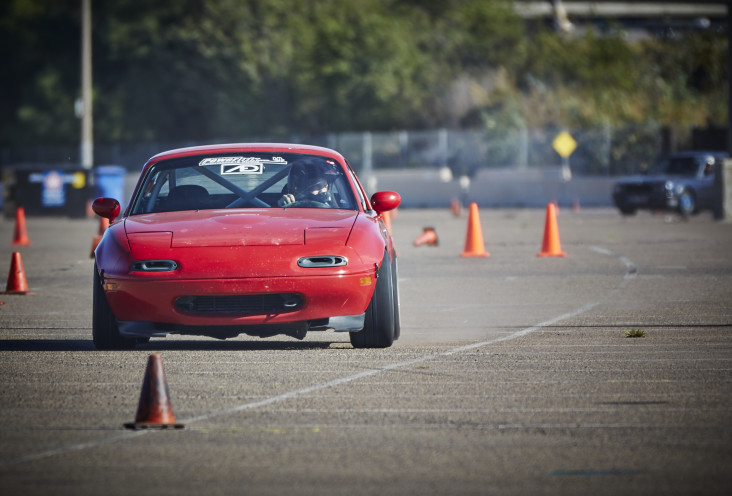
- Canyon/Touge: Typically mid range on the dampers and a little extra ride height to be more forgiving with bumpier roads
- Autocross: Similar to canyon running but you can usually get away with lower ride height since the speeds are slower and you won’t commonly find big dips and bumps to bottom you out
- Road course: Very high damper settings unless the track surface is bumpy. Bumps entering corners can easily lead to rear brake lock-up if the dampers are too stiff.
- Drag racing: Rear dampers all the way soft and zero spring preload, you want the car to squat as much as possible.
- Drifting: Usually very stiff damping and springs to help minimize weight transfer in transitions, but very dependent on driver preference.
- Keep in mind these are just my preferences and personal experiences, you have to find out what works best for you (that’s why it’s called tuning!)
In Closing
More details about my suspension setup:
- Stock NB front sway bar
- Powertrix adjustable end links
And that’s it. I drive my car on the street 99% of the time, but during that 1% I need something that’s going to let me corner with confidence and put the power to the ground.
If you have any questions about the coilovers or my personal setup feel free to shoot me an email, and thanks for checking out the video.
















